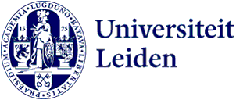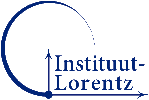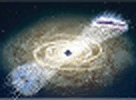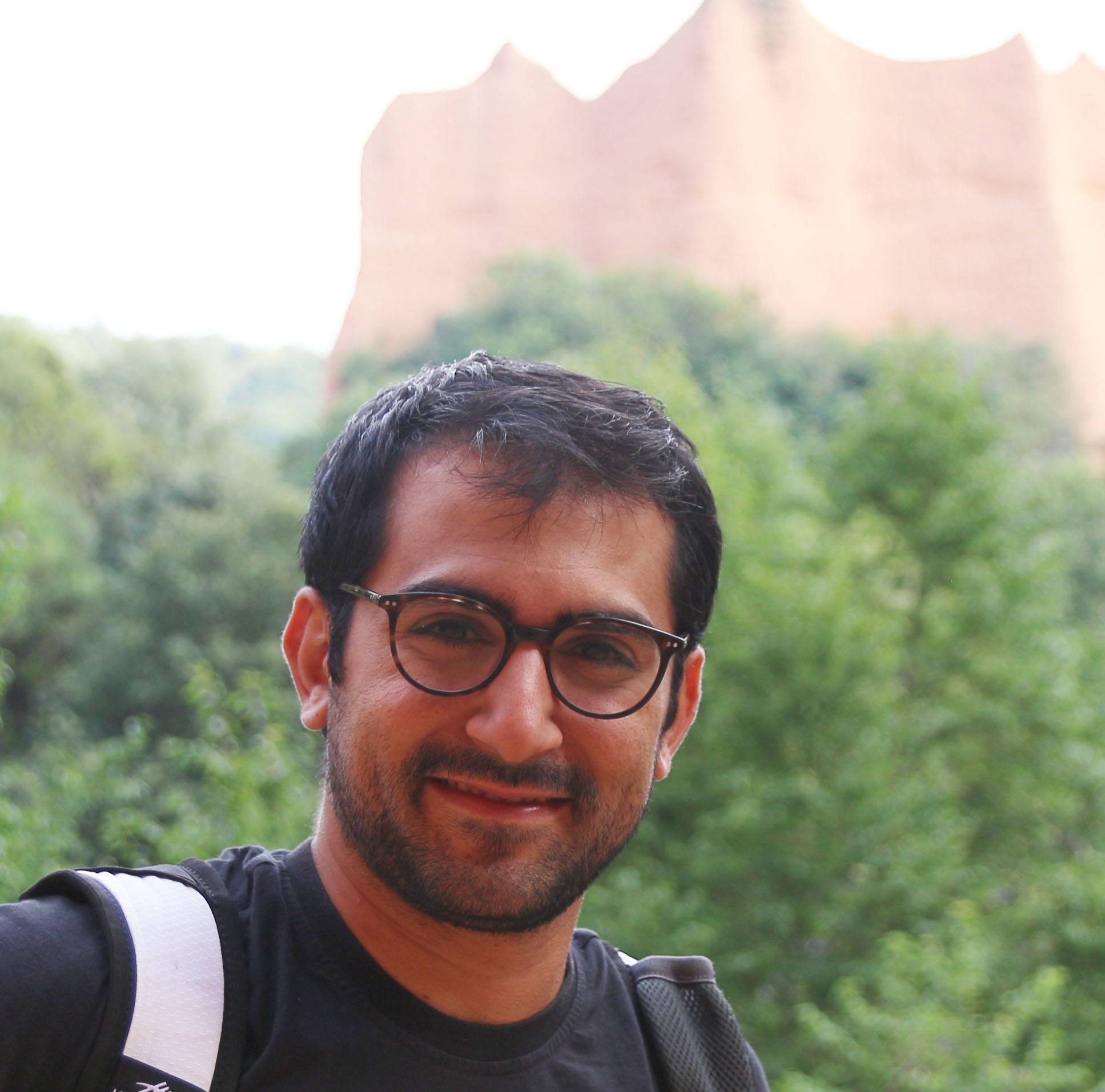 |

|

|

|
With the recent advances on momentum-resolved Electron Energy Loss Spectrometry,
the interest on the density response in strange metals has been revitalized.
Here, we show
the holographic quantum-critical continuum broadens the plasmon
(the characteristic feature of the density response) at low energy and momentum.
When translations are weakly broken and the IR is metallic (irrelevant translation symmetry breaking),
the density response is
not dominanted by a single mode (like the sound mode); instead, at temperatures for which
the momentum dissipation scale dominates over temperature, the spectrum is dominated by
a combination of diffusive modes plus a `fake plasmon' originated from the collision of the
longitudinal momentum mode with a non-hydro mode. At lower temperature all the modes are purely imaginary
at long wavelengths.
When translation symmetry breaking is relevant and the IR is an insulator, the
fake plasmon becomes subdominant, read here more about overdamped fake
plasmons. In this case a featureless incoherent response is observed at low frequency.
| Plasmon with translation invariance | Fake plasmon with strongly broken translations |
| Fake plasmon with weakly broken translations |
I have also studied transport in systems with holographic duals. I have looked at higher-derivative couplings which act a `bath' of momentum relaxation. I have also introduced the bounds owed to Mazur and Suzuki in the context of the AdS/CFT correspondence. They allow to decompose correlation functions of conserved currents in terms of correlation functions involving other conserved quantities of the theory.
I have also studied strongly coupled superfluids in the large-D(imensionality) limit. Evidence from the entanglement entropy and transport suggests the superfluids become less strongly coupled as the number of dimensions increases.CONTACT INFORMATION:
a.r.b at cantab.net Instituut-Lorentz for Theoretical Physics